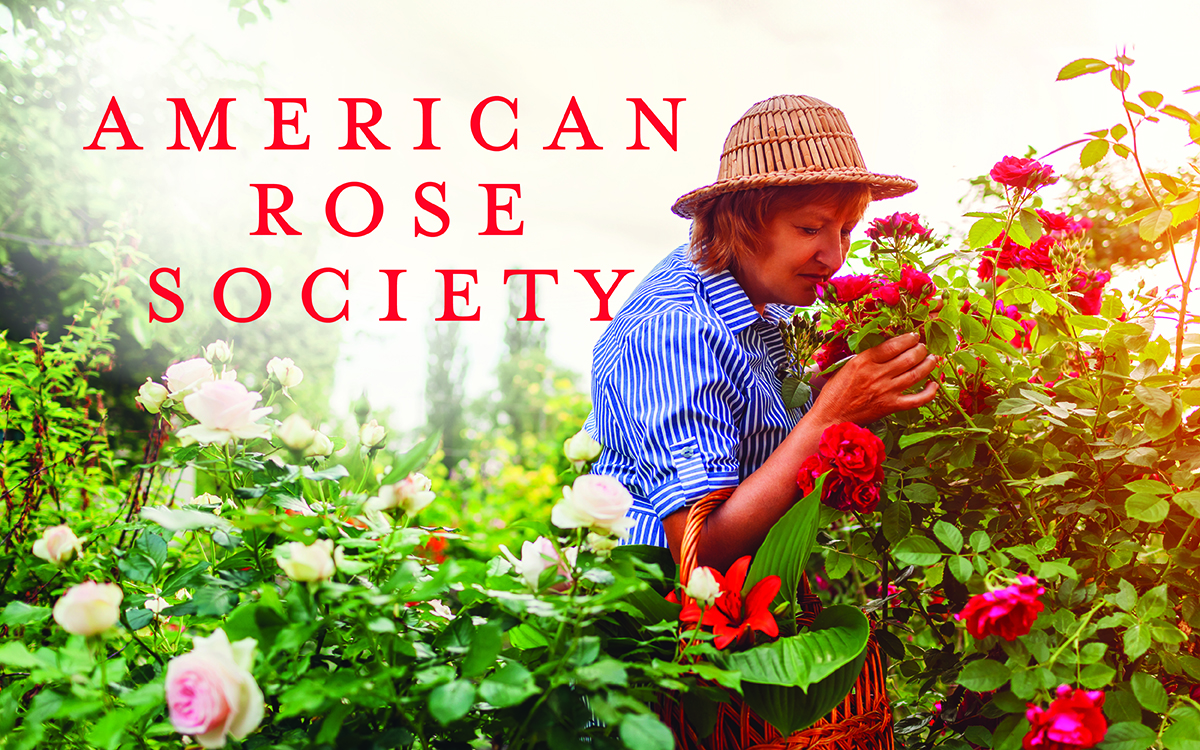American Rose Society: Digging Deep into Rose Care

f you're passionate about roses, the American Rose Society should be your go-to source for expert guidance and advice. They're experts in everything rose-related, from nurturing them to perfection to ensuring they bloom spectacularly. They've shared some of their best advice with us on how to take care of roses, from keeping them healthy to making sure they bloom beautifully. Whether you're a novice or a seasoned gardener, these expert tips are sure to help your roses bloom.
What are the essentials of rose care to ensure they thrive in our gardens?
Successful rose care hinges on several key practices. First, selecting a site that receives at least six hours of direct sunlight daily is crucial. Roses need well-drained soil rich in organic matter, so amending the soil with compost before planting is recommended. Regular watering, particularly during dry spells, ensures roses stay hydrated. However, it’s important to water the base and avoid wetting the leaves to prevent fungal diseases. Fertilization should be balanced, with a focus on products designed specifically for roses, applied from early spring until late summer. Lastly, proper pruning removes dead or diseased wood and shapes the plant, encouraging healthy growth and blooming.
How can we protect roses from pests and diseases?
Regular monitoring is the first step, allowing for early detection and treatment. For fungal diseases like black spot and powdery mildew, ensuring good air circulation around plants and choosing resistant varieties are effective preventive measures. Insect pests, such as aphids and Japanese beetles, can often be controlled with targeted treatments or natural predators. Chemical treatments should be a last resort, used selectively and responsibly to minimize environmental impact.
What is the best way to fertilize roses, and how often should it be done?
Fertilization is vital for roses’ health and vigor. Use a balanced, slow-release fertilizer formulated for roses at the beginning of the growing season. Additional applications should follow every four to six weeks through the end of summer, avoiding late-season fertilization that can stimulate new growth susceptible to winter damage. Organic options, like fish emulsion or composted manure, can also support healthy soil and plant growth.
Can you offer any tips for pruning roses to encourage blooming and maintain shape?
Pruning is both an art and a science, essential for healthy roses. In our area, the best time to prune is late winter or early spring, just as buds begin to swell. Remove dead or diseased branches first, then thin out crowded areas to improve air circulation. Cut back remaining canes by about one-third, making cuts at a 45-degree angle just above outward-facing buds. This encourages the plant to grow outward and upward, promoting better air flow and a pleasing shape. Remember, regular deadheading, or removing spent blooms, encourages roses to produce more flowers throughout the season.
What are the recommended strategies for winterizing roses to protect them from cold damage?
Preparing roses for winter involves a few key steps to protect them from cold damage. As fall progresses, reduce watering to help plants harden off. After the first hard frost, apply a thick layer of mulch around the base of each rose bush to insulate the roots, being careful not to cover the graft union or the canes. If you’re growing particularly sensitive varieties, consider using burlap screens or rose cones for additional protection, ensuring there’s adequate ventilation to prevent moisture buildup. Avoid heavy pruning or fertilization in late fall, as this can stimulate new growth that’s vulnerable to freeze damage. These steps will help ensure your roses emerge healthy and ready to grow in the spring.

